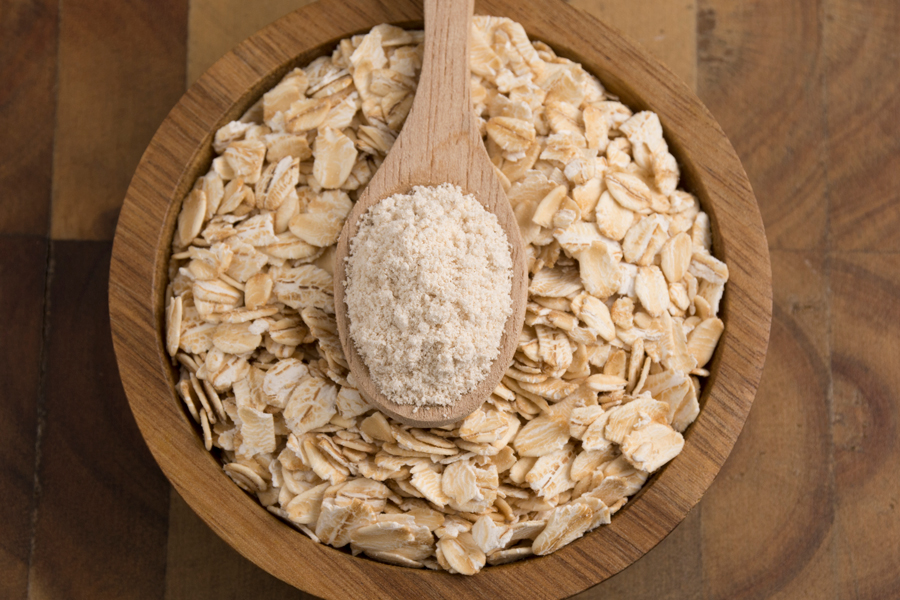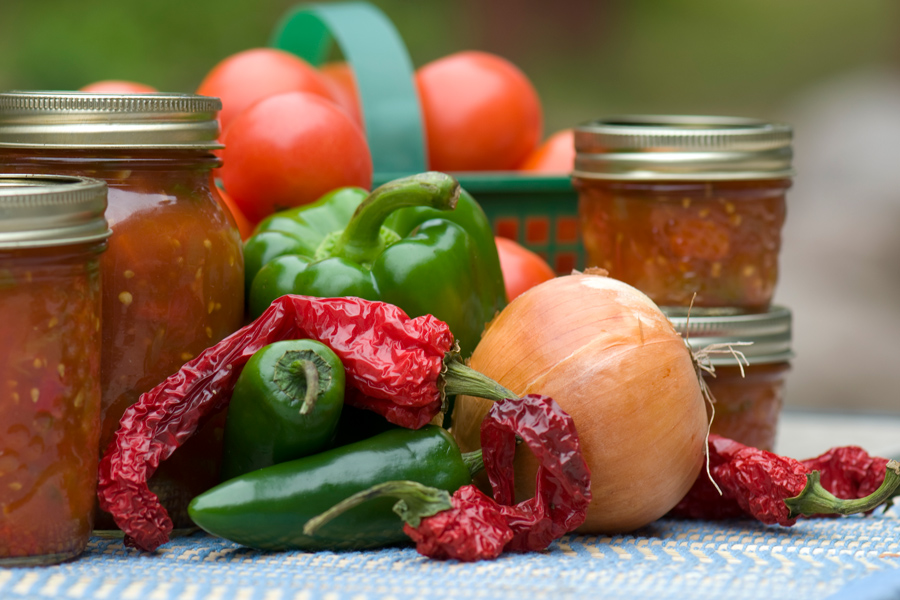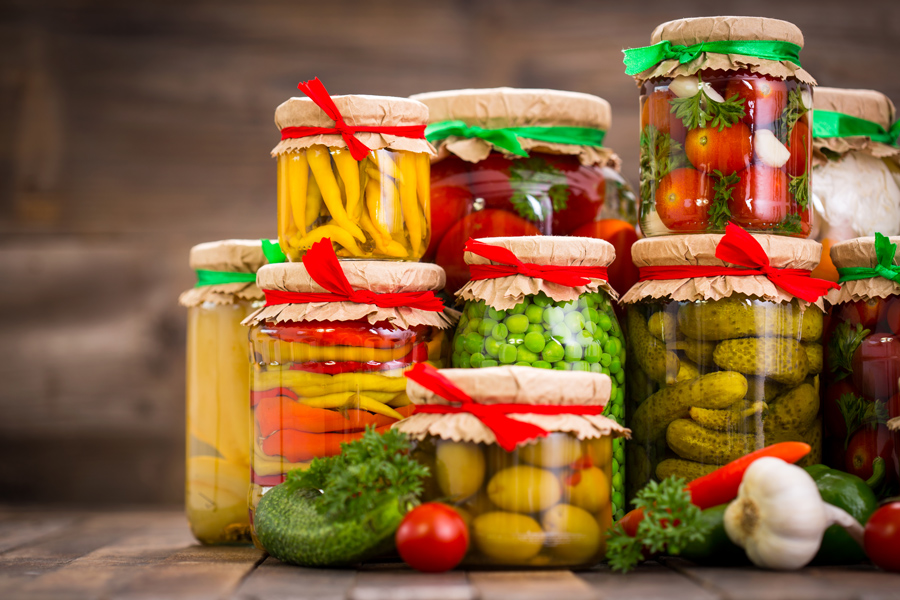Food
-
 New
NewWhen you have diabetes, aside from meal planning, knowing how to cook your food can make a big difference in how enjoyable and sustainable your meals are. This resource covers planning and prepare delicious meals that meet the recommendations of the ADA’s Diabetes Plate method.
Katelyn Miller, Ariathni Powell, Allison Eaddy, Maria Rossi, and Michelle A Parisi
|
-

Believe it or not, a small tweak in your favorite recipe could help lower your risk of health problems. Start small, such as by reducing saturated fat, salt, or added sugar, or increasing fiber when cooking. These small changes can add up to big health benefits. This resource has tips on how to start revitalizing your recipes to fit your diabetes meal planning.
Hsuan-Mein Yang, Maria Rossi, and Michelle A Parisi
|
-
 New
NewWhen you have diabetes, managing your diet is a key part of managing your diabetes, but it doesn’t have to be complicated. Choosing balanced, nutrient-rich meals is key to managing diabetes and promoting long-term wellness. Plan meals around the core principles explained in this resource, which emphasize balance, variety, and nutrient quality.
Michelle A Parisi, Nancy Adams, Brad Averill, and Maria Rossi
|
-

Kimchi is gaining popularity across the U.S. as part of a growing interest in international flavors, gut health, and home food preservation. This publication provides science-based guidance to help consumers safely prepare kimchi at home and offers nationally relevant, research-based information that can benefit Extension educators, health professionals, and consumers across the U.S.
Mallika Mahida, Sitara Cullinan, Kris Ingmundson, Ines Beltran, Cecilia Tran, MS, RDN, LD, Sarah Henes, and Carla Luisa Schwan
|
-

Oat okara, the nutritious byproduct of oat milk processing, is rich in protein and dietary fiber. Current practices often discard okara or use it as animal feed. Produced in large quantities, it represents not only a sustainability challenge but also a significant economic opportunity. With potential applications in food fortification and as a cost-effective ingredient in baked goods, snacks, and more, utilizing oat okara can reduce waste and add value to the production chain. Unlocking its potential benefits both the environment and the food industry.
Hualu Zhou and Anthony Stevanus Suryamiharja
|
-

C 1344-02
Using Pressure Canners
Most modern pressure canners are lightweight, thin-walled kettles; most have screw-on lids fitted with gaskets. Modern pressure canners have removable racks, an automatic vent/cover lock, a vent pipe, and a safety fuse. Use only canners that have the Underwriter’s Laboratory (UL) approval mark to ensure their safety. This publication covers steps to successful food preservation using pressure canners.
Elizabeth L. Andress, Ines Beltran, and Carla Luisa Schwan
|
-

La mayoría de las envasadoras a presión modernas son ollas ligeras de paredes delgadas; la mayoría tienen tapas de rosca con juntas. Cuentan con rejillas extraíbles, un cierre automático de ventilación/tapa, un tubo de ventilación y un fusible de seguridad. Utilice únicamente envasadoras con la marca de aprobación de Underwriter’s Laboratory (UL) para garantizar su seguridad. Esta publicación explica los pasos para una conservación exitosa de alimentos con envasadoras a presión.
Elizabeth L. Andress, Ines Beltran, and Carla Luisa Schwan
|
-

Using Hot-Fill-Hold: A Thermal Preservation Process. Processors of acidified foods are required to comply with federal, state, and local regulations (when applicable) for thermal processing to ensure the safety and shelf-stability of their products. The hot-fill-hold (HFH) process is a thermal processing technique used to inactivate pathogens and extend the shelf life of acidified products. Heating before filling allows for commercial sterilization of the product, and then filling the container with the hot product will sterilize the clean container.
Kaitlyn Casulli
|
-

When processing acidified foods, the hot-fill-hold process involves heating the product to around 180–200 °F, then filling, inverting, and holding for 2–5 minutes to achieve commercial sterility. Higher temperatures will generally correlate with shorter hold times, and lower temperatures will generally correlate with longer hold times.
Kaitlyn Casulli
|